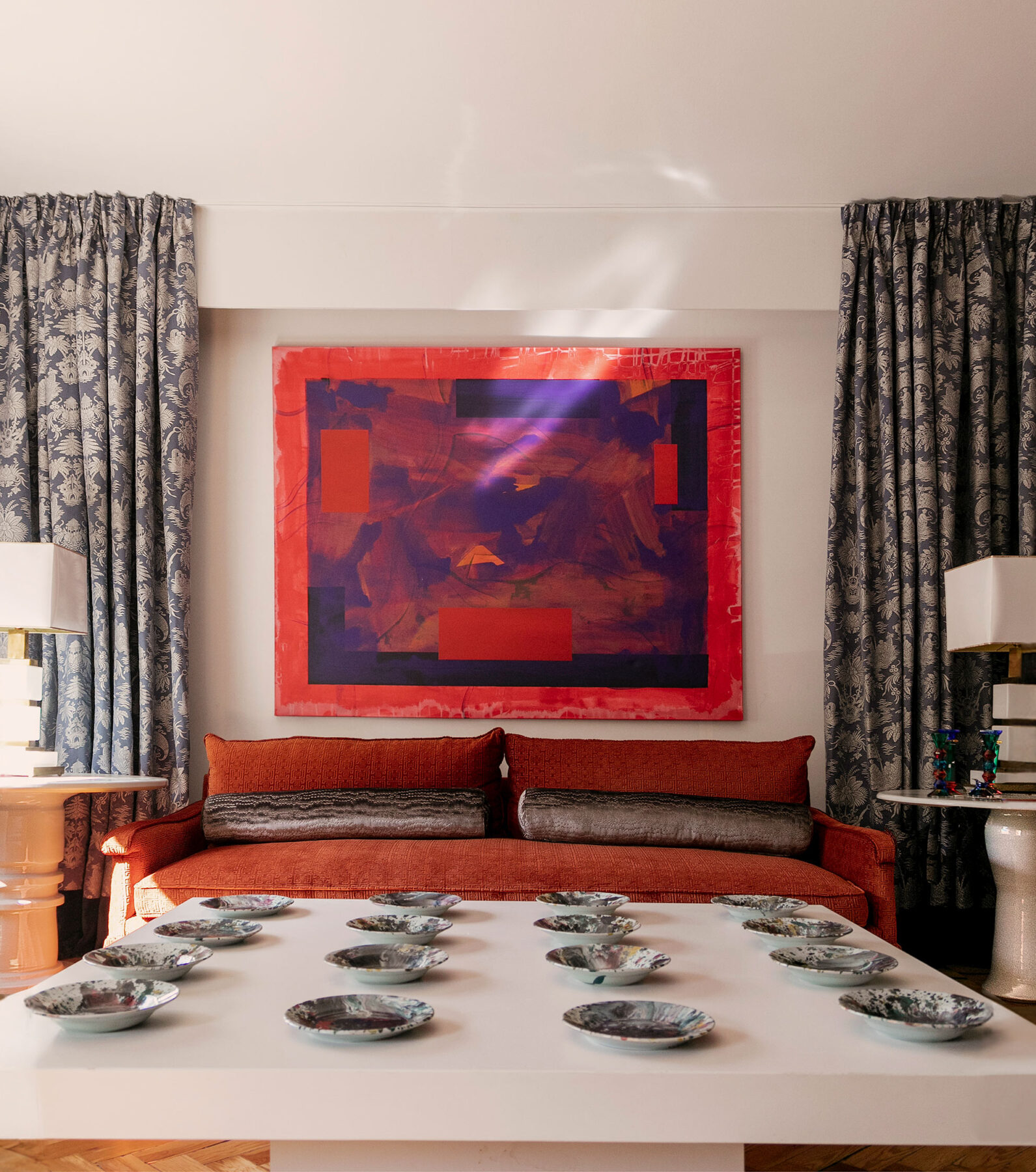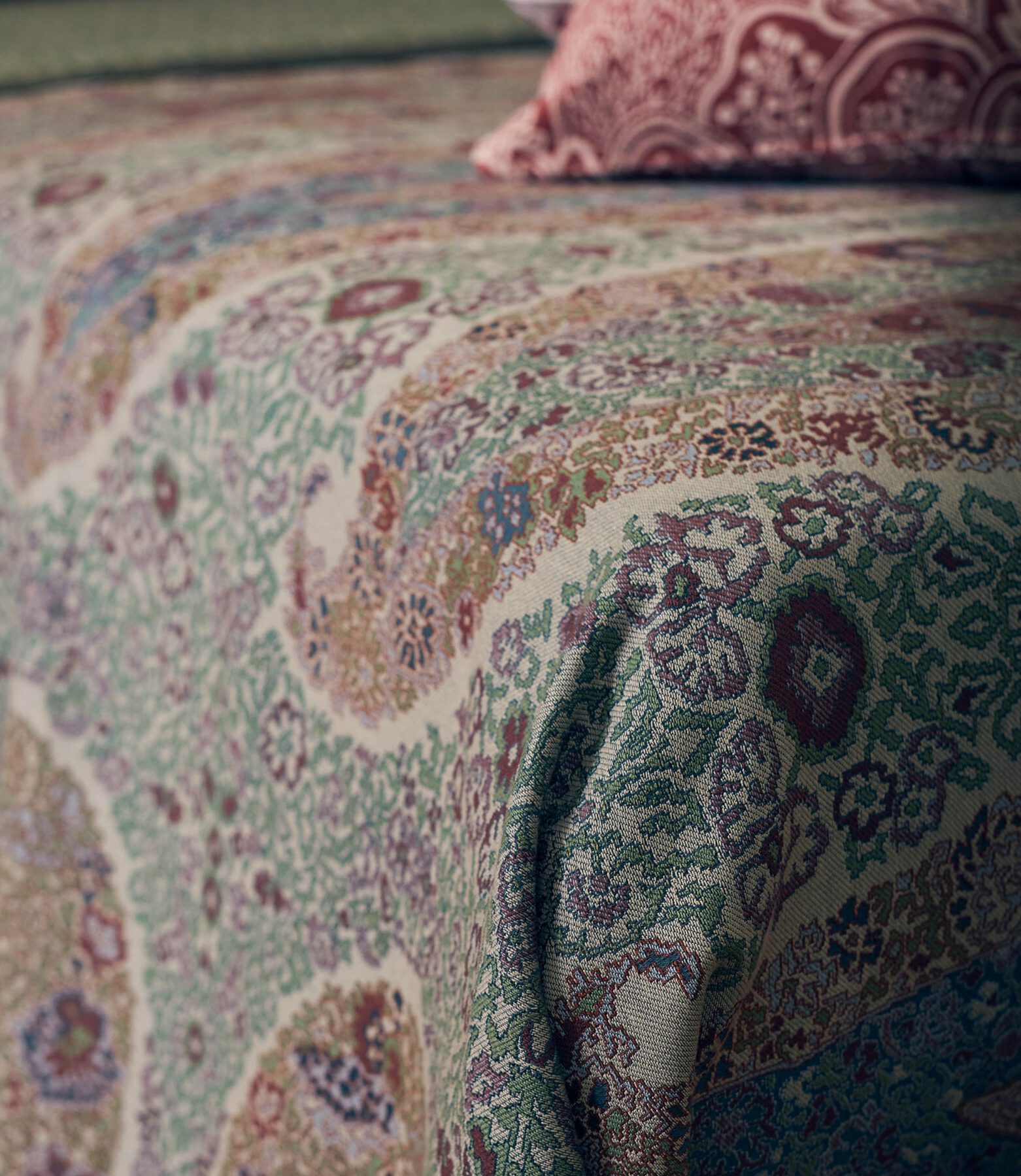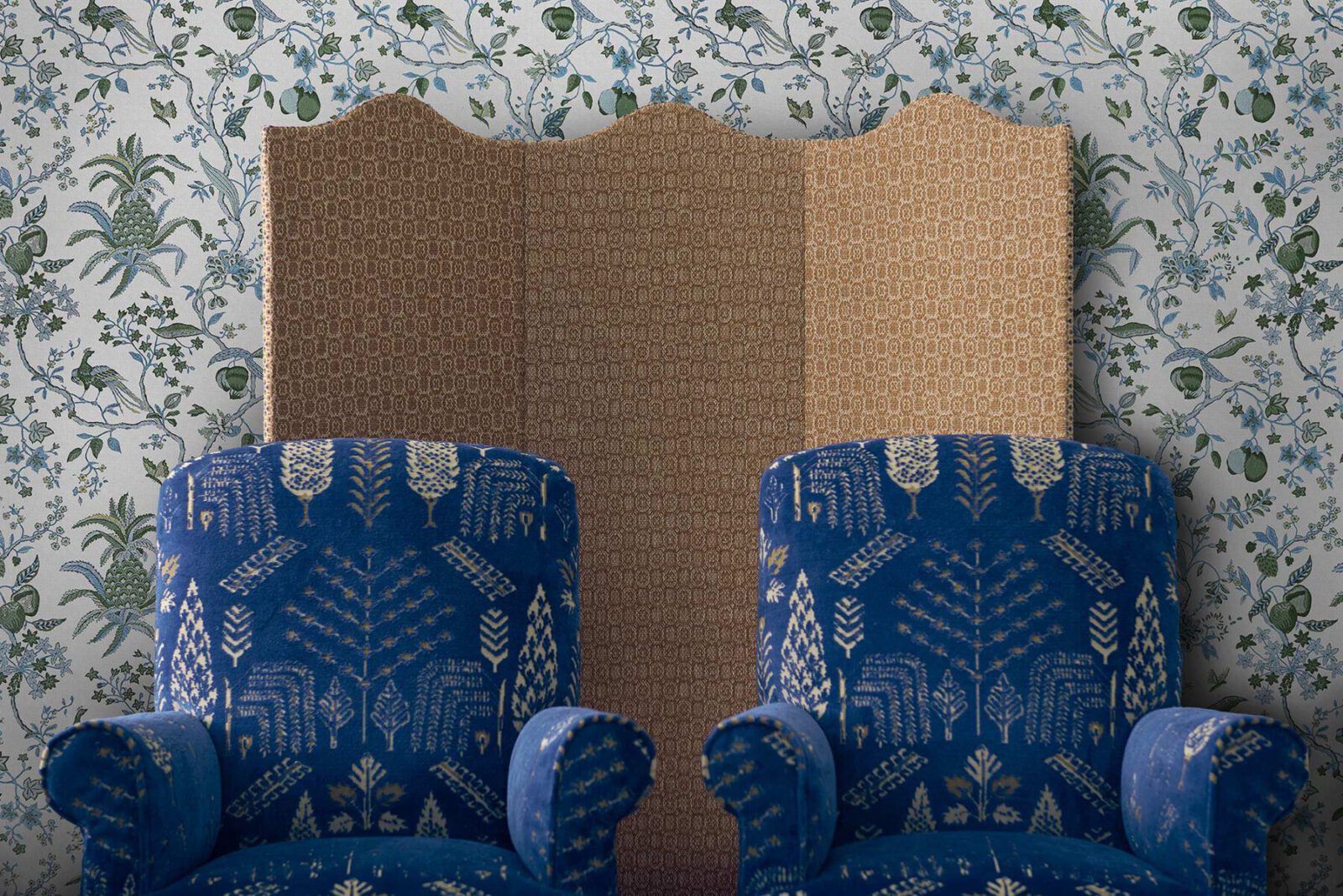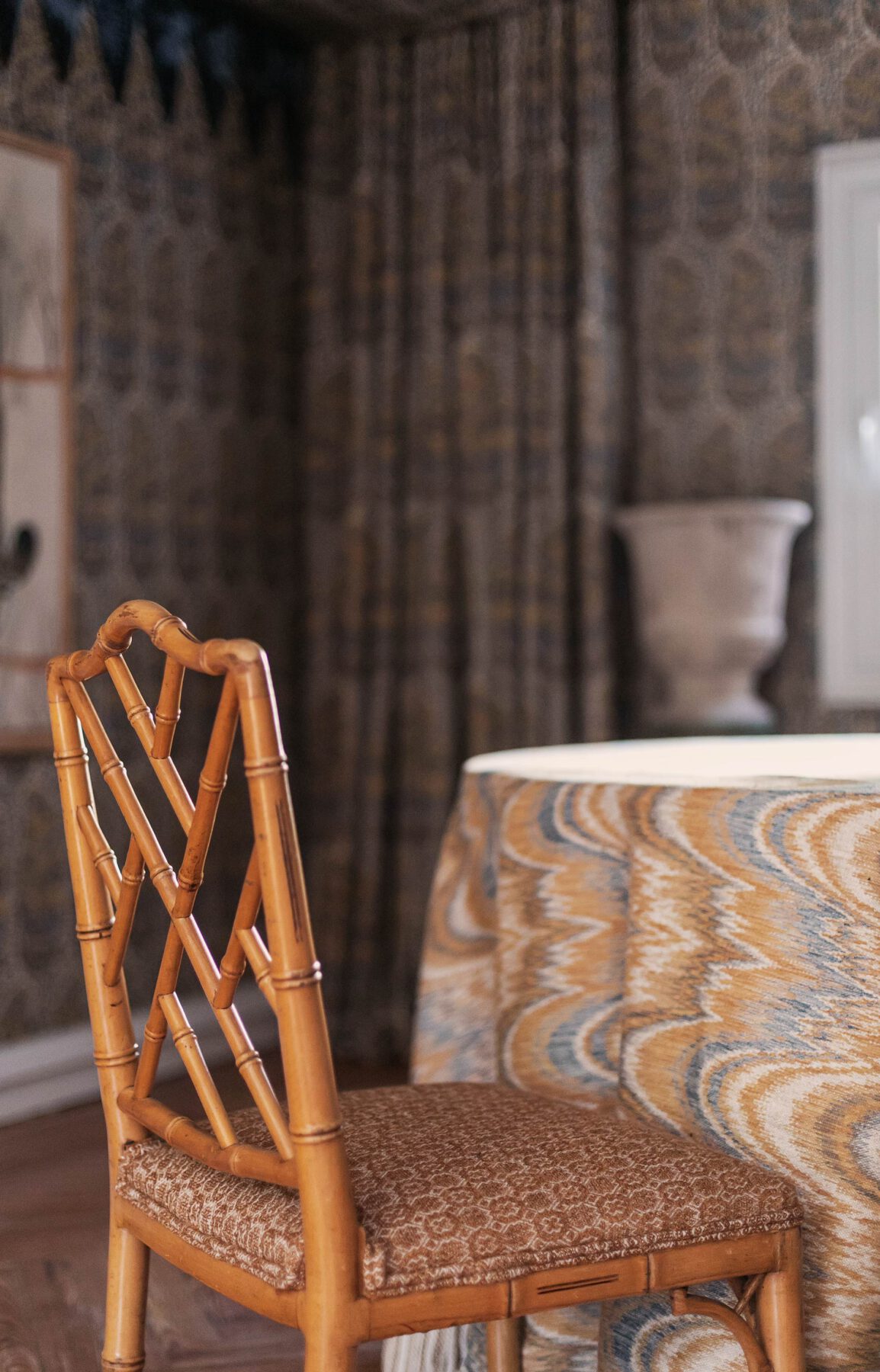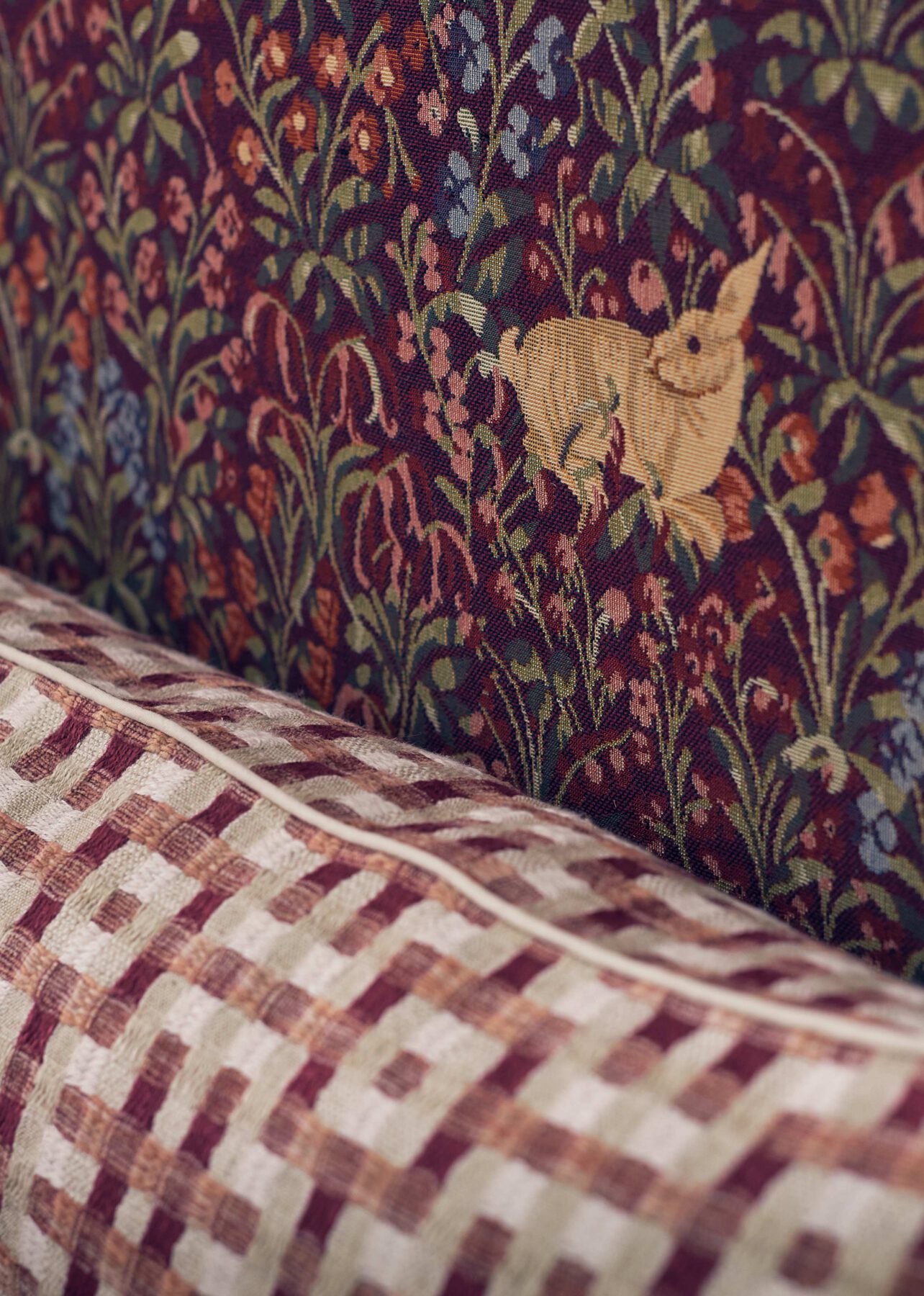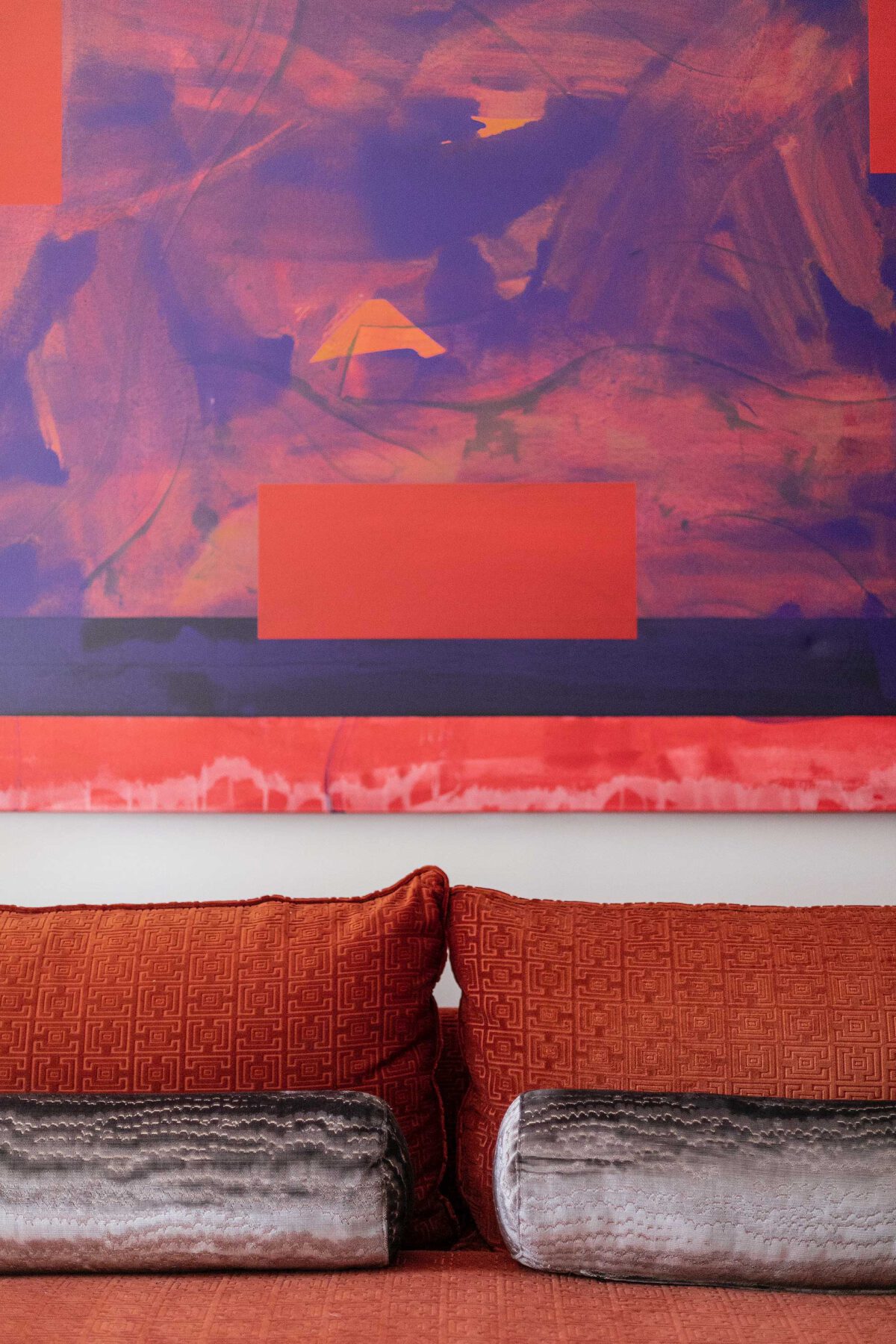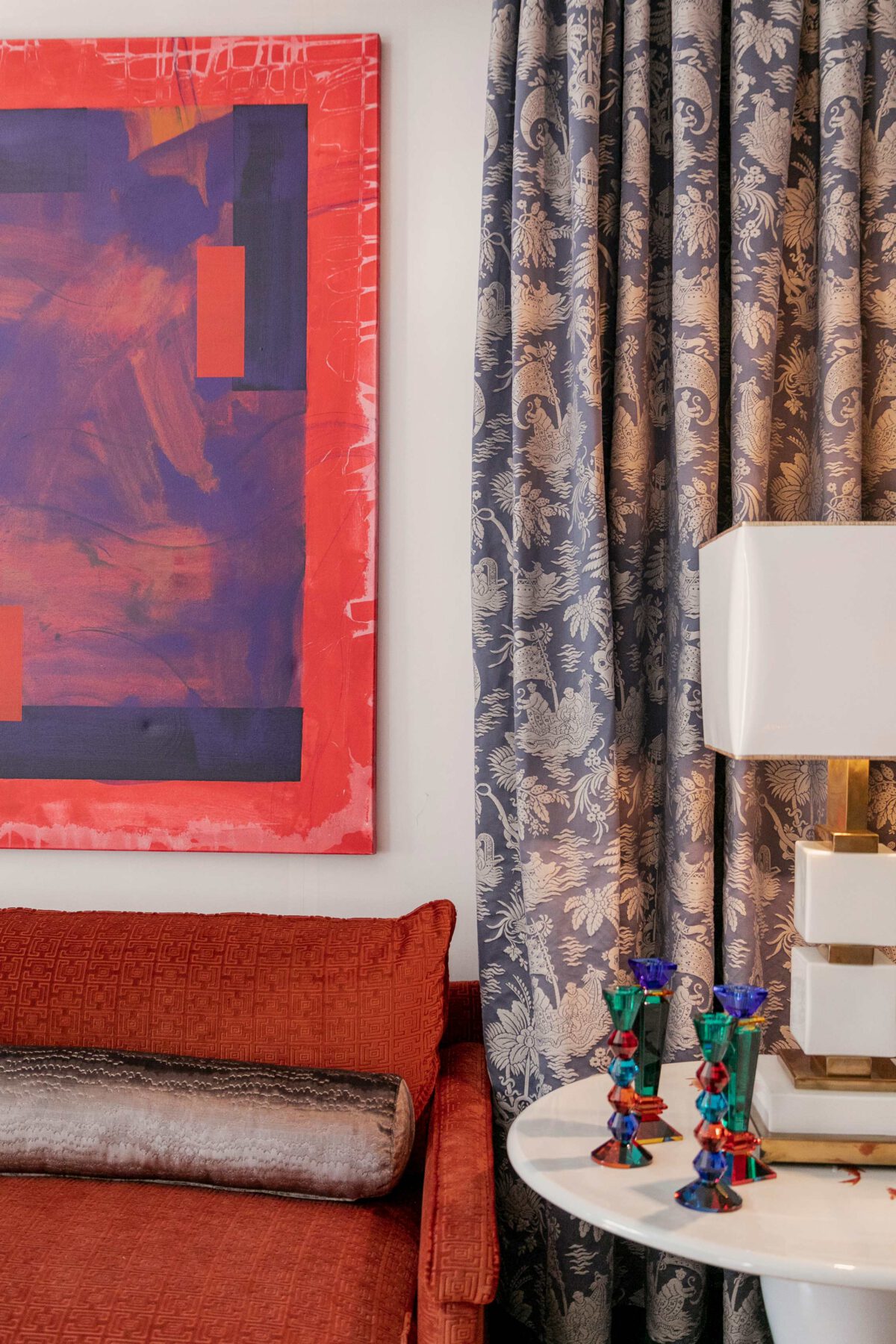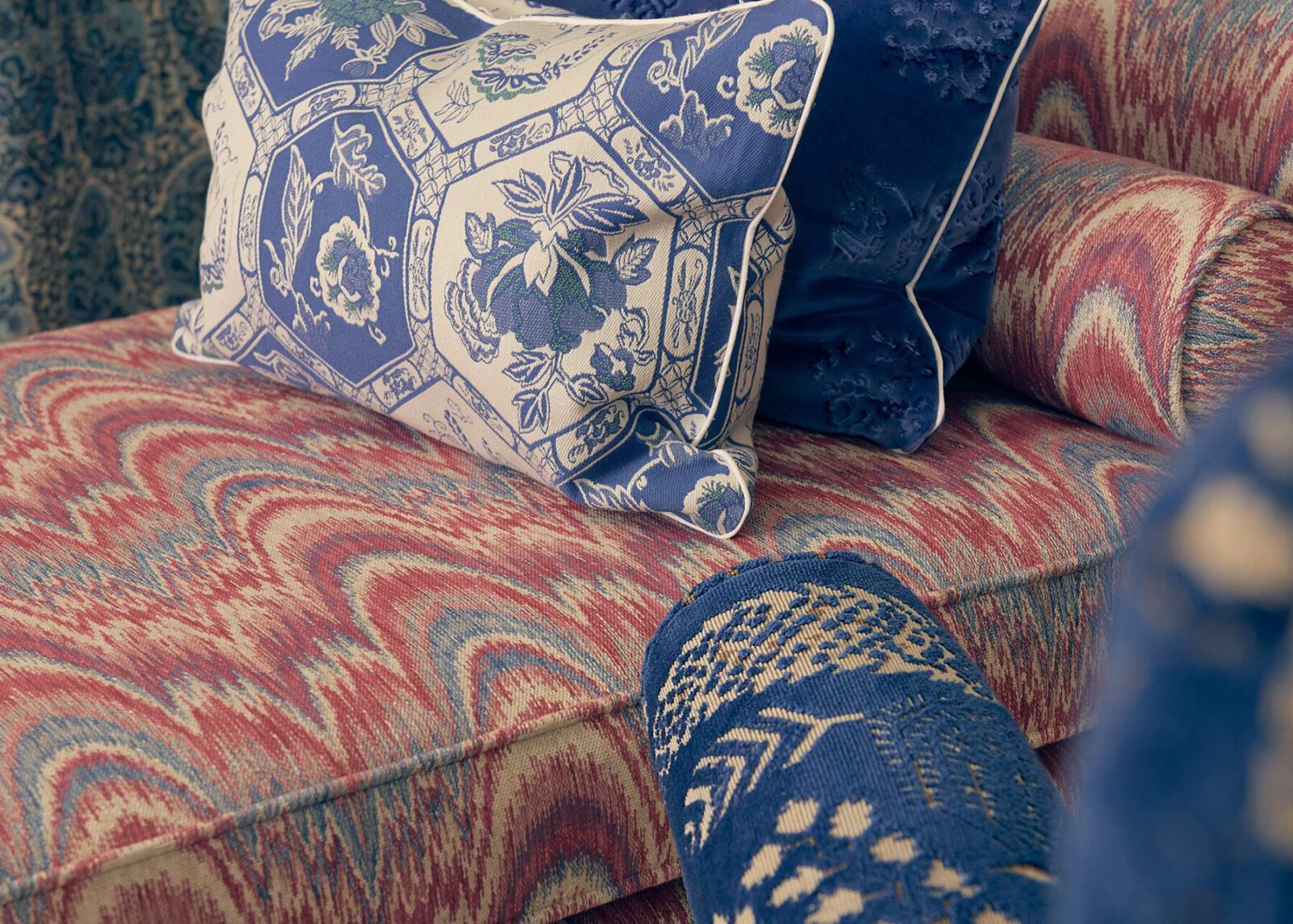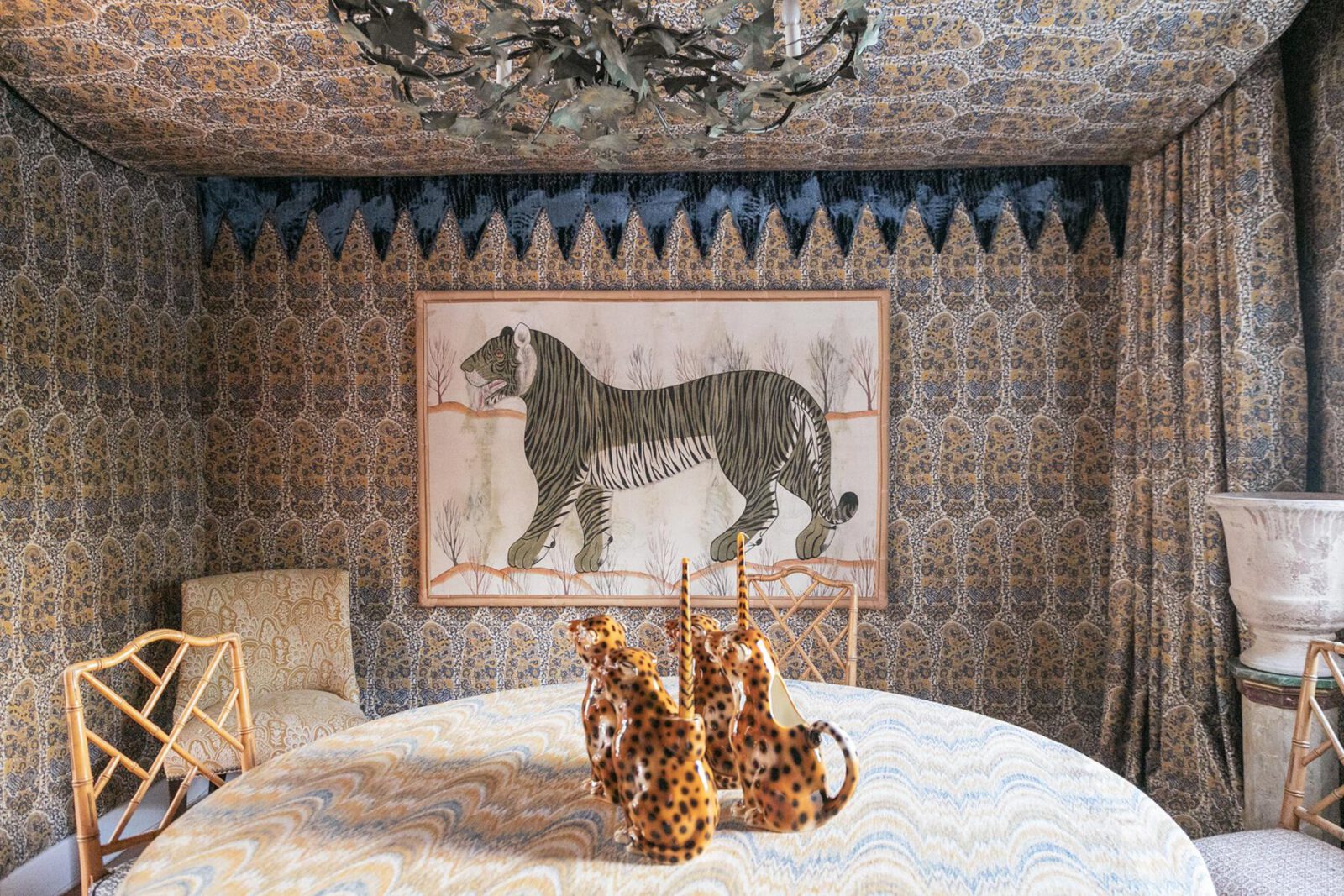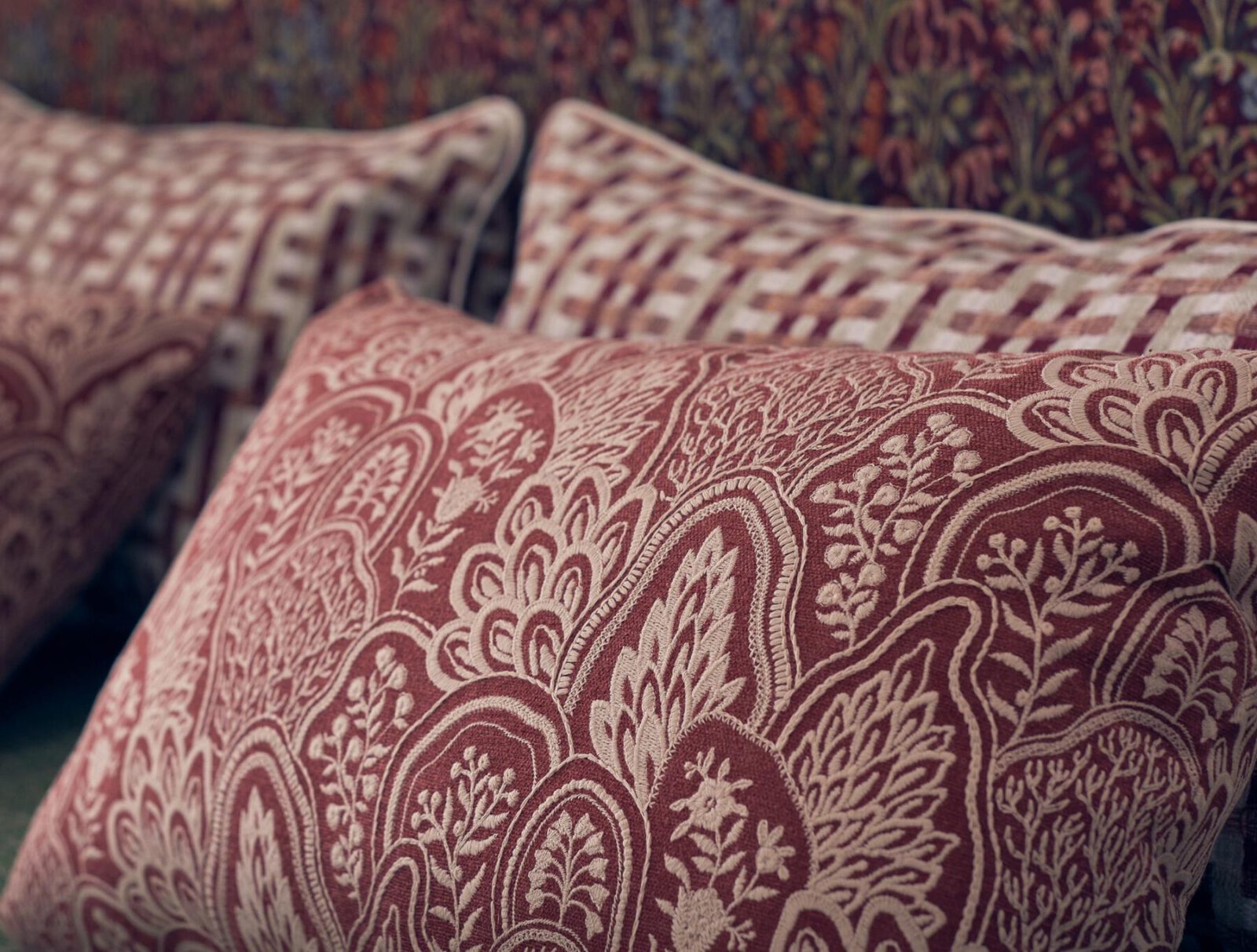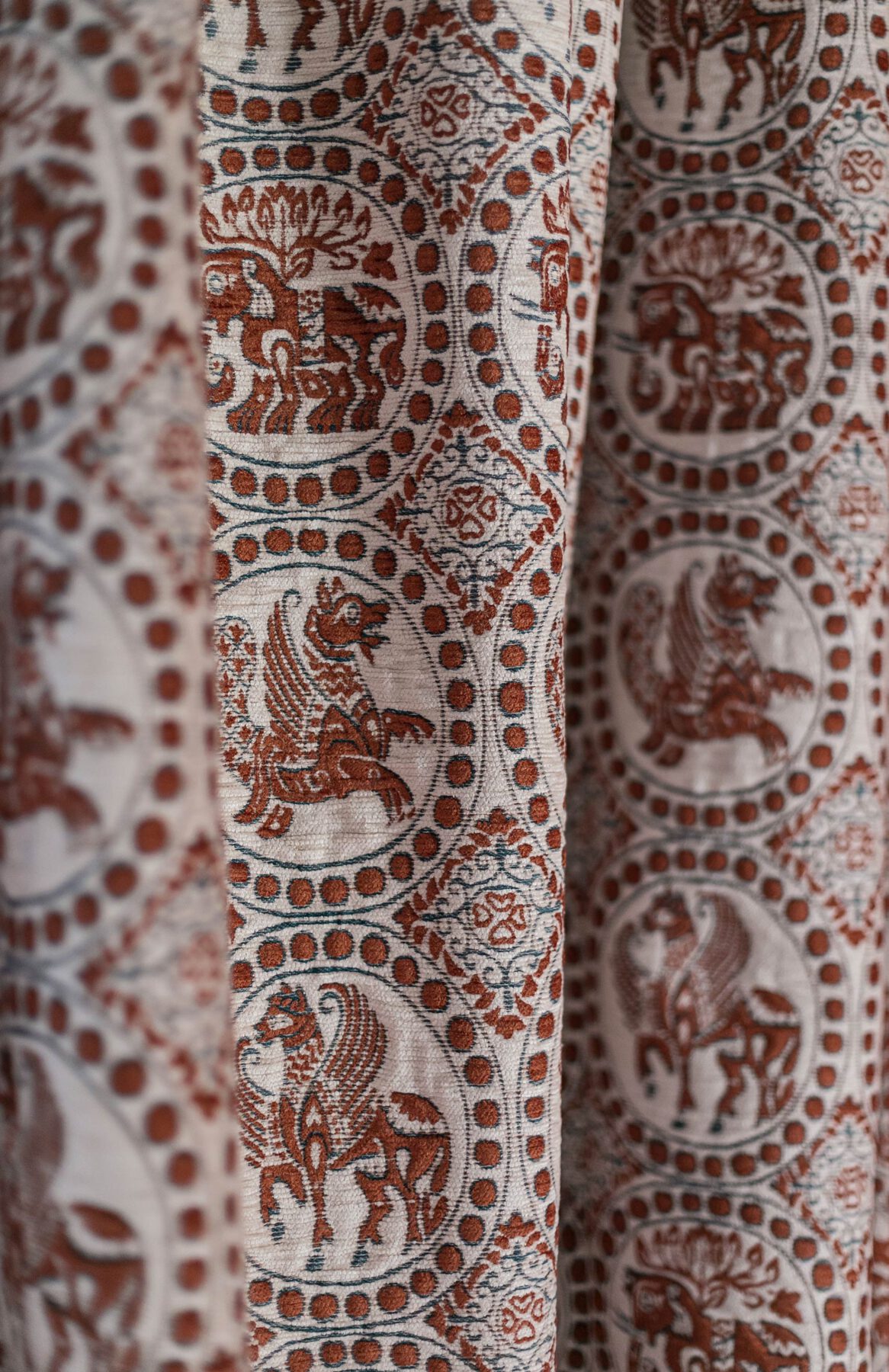As an esteemed antique dealer, interior designer and textile connoisseur, Lorenzo Castillo’s multi-faceted career embodies the essence of timeless elegance. From his illustrious projects gracing private residences to the iconic Loewe boutiques in Madrid, Shanghai and Hong Kong, Castillo’s work travels far and wide, earning him a well-deserved place on the prestigious AD100 and ELLE Décor USA A-List. A lover of art and decoration, Lorenzo Castillo began his career as an antique dealer in Las Letras, Spain. Today, he is an A-list interior designer, designing the Gaston y Daniela collections, represented in Greece through the Kalotaranis Design Library. In this exclusive interview, the interior designer of the design library by Kalotaranis, Ria Kalotarani, explores the layers of Castillo’s design philosophy, his inspirations, his creative process and the spirit of his latest collection, VOLUME X. From his meticulous attention to detail to his innateability to bridge styles and eras with fluidity, Castillo’s insights offer a glimpse into the world of interior design at its most refined, where beauty, functionality and innovation come together in perfect harmony.
-Interview to Ria Xenogiorgi
S.C.: Antique dealer, interior designer, textile and wallpaper designer… What comes next?
L.C.: I hope next will be to live in my country house, as a farmer, with my donkeys, chickens, pigs, dogs…and stop partying and travelling! Work, of course, but only some very intellectual projects, really creative and artistic.
S.C.: What made you decide to launch your own collection of fabrics and wallpapers in collaboration with Gaston y Daniela?
L.C.: They are the most professional and historic Spanish fabric brand, but with a very interesting, rich and modern twist during the 60s and 70s, which makes them so different from the other brands in the decoration and art world.
S.C.: Your new collection VOLUME X celebrates this successful 10 year collaboration, tell us more about it.
L.C.: Well, it was a great opportunity to celebrate our anniversary, like a happy, successful marriage, like a long love affair, and it was the best excuse to celebrate ten years of working together, creating and designing collections that become more complicated every year.
S.C.: You use soft velvets in beautiful colours and prints, but also amazing textures and embroideries. What is your inspiration?
L.C.: Every year I have to think about my sources of inspiration, which vary from the Far East to the West, from the Ottoman Empire to India, from the Mediterranean to medieval Castilian patterns. My degree in History of Art and my background in antiques help me to find these sources of inspiration and to create or invent a new tale each year, a story to tell my customers about why the collection is the way it is, why I wanted this mix of colours, textures and patterns!
S.C.: Do you believe that fabrics and wallpapers are important in interior design and decoration?
L.C.: They are not important, they are vital for High Decoration. The important decoration projects are full of layers and layers, Art, antiques, and of course fabrics! I think they are as important as lighting for the successful end result of a project. They can transform an interior into a warm, cosy and welcoming space where you want to spend hours reading or listening to music, with a glass of red wine, in front of the fireplace. It’s a magical universe, and without fabrics it wouldn’t be possible.
S.C.: You are a genius at mixing prints and colours, is that something clients are afraid of?
L.C.: They are always afraid about this issue. It’s normal because it’s difficult to understand a sample or a cut of fabric and ask them to imagine a whole room upholstered with that colour, pattern or texture. It’s a risk they have to take or just trust their designer.
S.C.: There was a time when everyone chose grey or beige for their living room. I think colour or print scares them. Are customers more open now?
L.C.: Grey and beige are beautiful colours and it’s a different option and lenguaje. I have nothing against this simple tone surtone way of expression. In fact it was very fashionable in the 70s, one of my favourite periods of decoration.
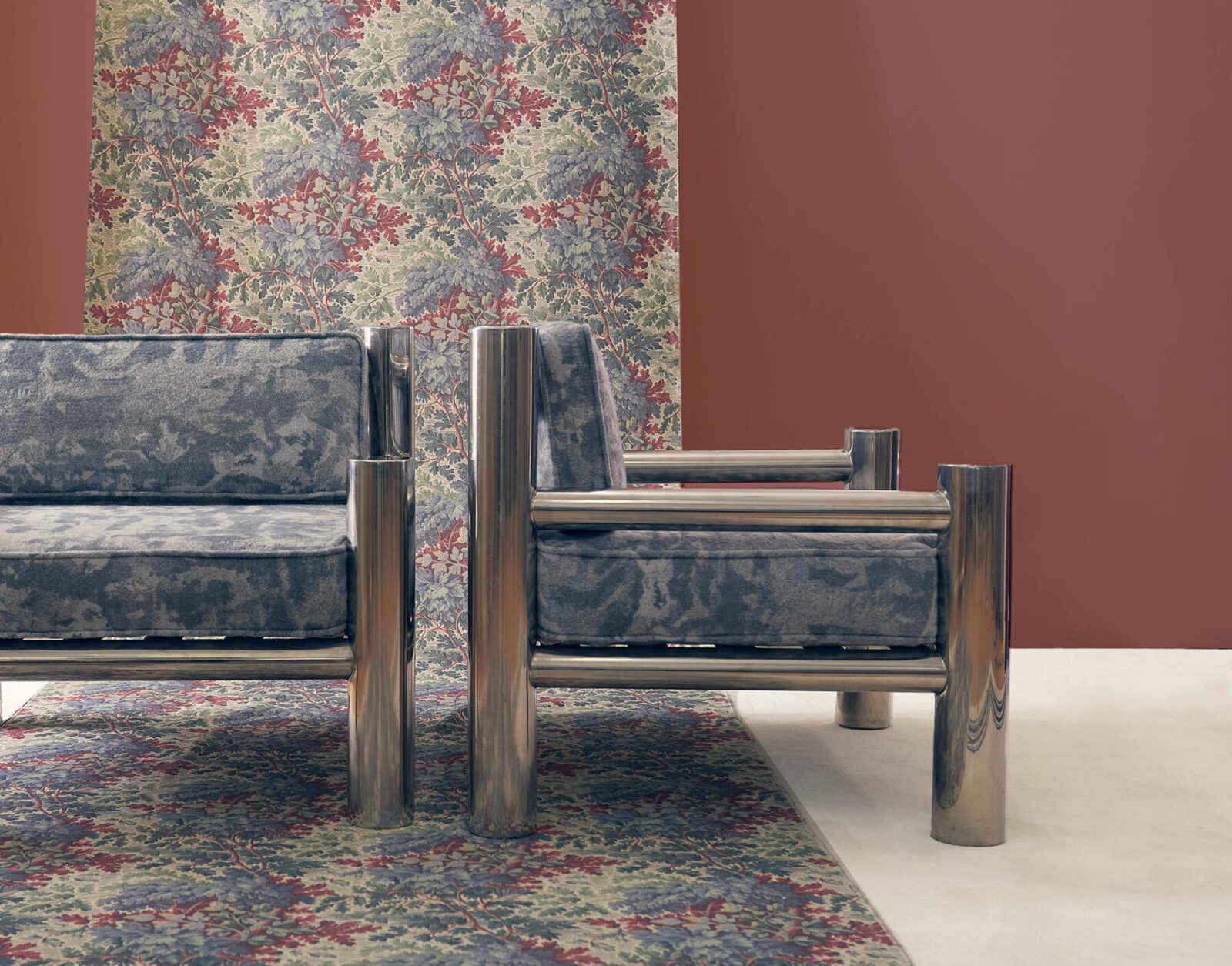
L.C.: Architecture, especially the facades of buildings, old films from the 30s to the 80s, literature, music, art…
S.C.: I know you don’t follow trends, but clients often do.
L.C.: We always follow trends because we create trends and then the magazines publish these new trends and the public can follow them, so we are guilty as inventors of the new trends and make them universal.
S.C.: Do you have a favourite project?
L.C.: My favourite projects are my own proj ects, my own houses, or the last project that has just arrived from a client.
S.C.: Have you ever had a “difficult” project, a unique building or style that was a real challenge?
L.C.: All projects are so difficult, there’s no such thing as an easy project, or a small one, they all awaken my creativity, so in the end I have to work the same way.
S.C.: Clients often hire an interior designer without giving them enough creative freedom. Has this ever happened to you? And how would you deal with it?
L.C.: They let me work like an artist, designing with almost total freedom, the only problem is the client who doesn’t know what he or she wants. I want clients with a very clear mind and strong ideas.
S.C.: What is the secret of creating beautiful interiors?
L.C.: I don’t think in secrets or magic potions and give advice like tips on how to decorate your house according to these 10 rules. I think it’s a matter of culture, sensibility and education.
S.C.: Any advice for young interior designers?
L.C.: Study, study and study, and remember that if you want to be modern, you have to be classic first.
This interview was at first published at the new Collector’s Edition of Super Circle coffee table book by Fotis Tsimelas.
READ ALSO: Photography Exhibition Erieta Attali | Lieux de sport, lieux d'idéaux
